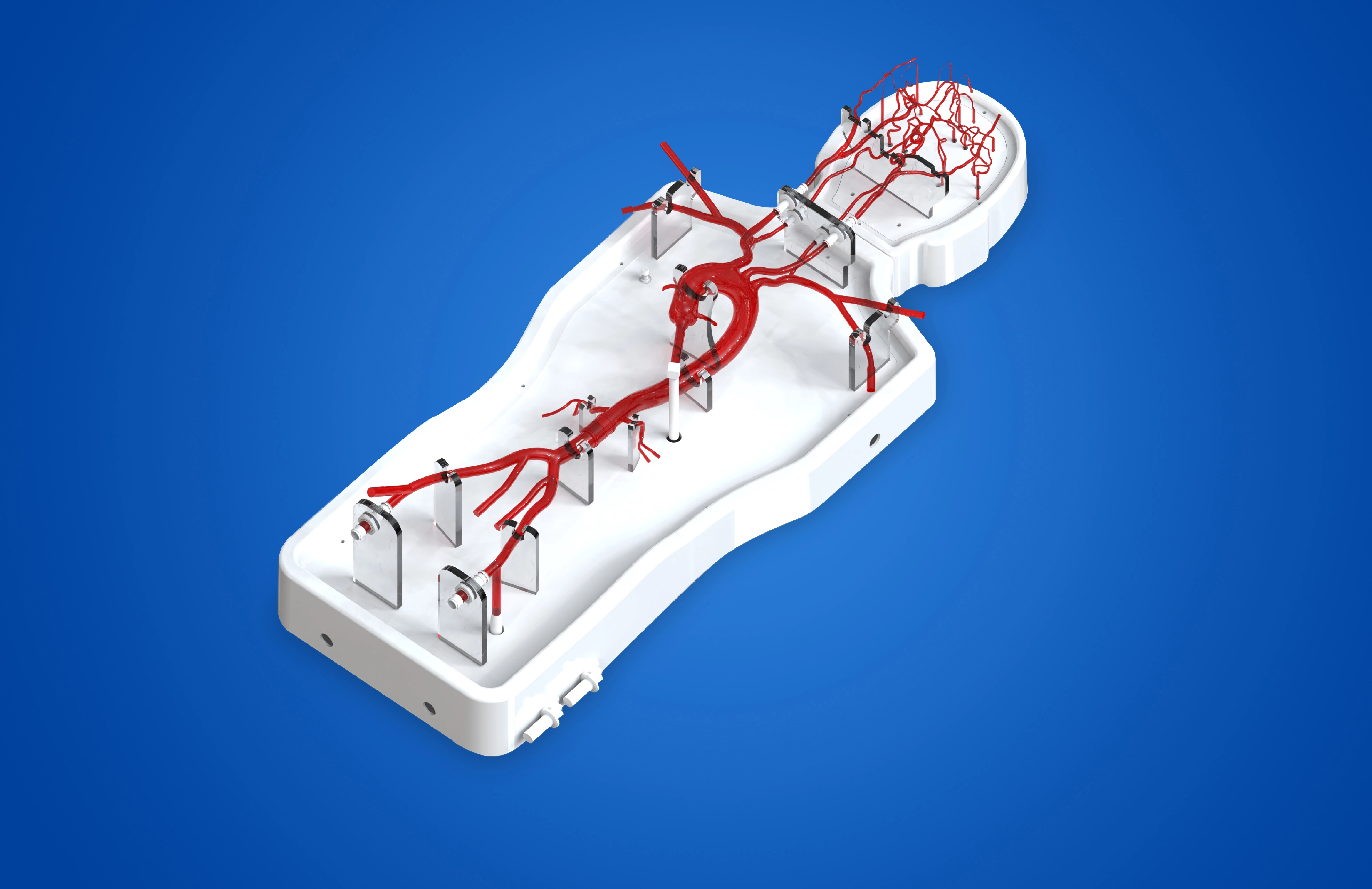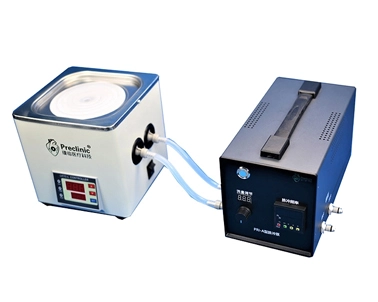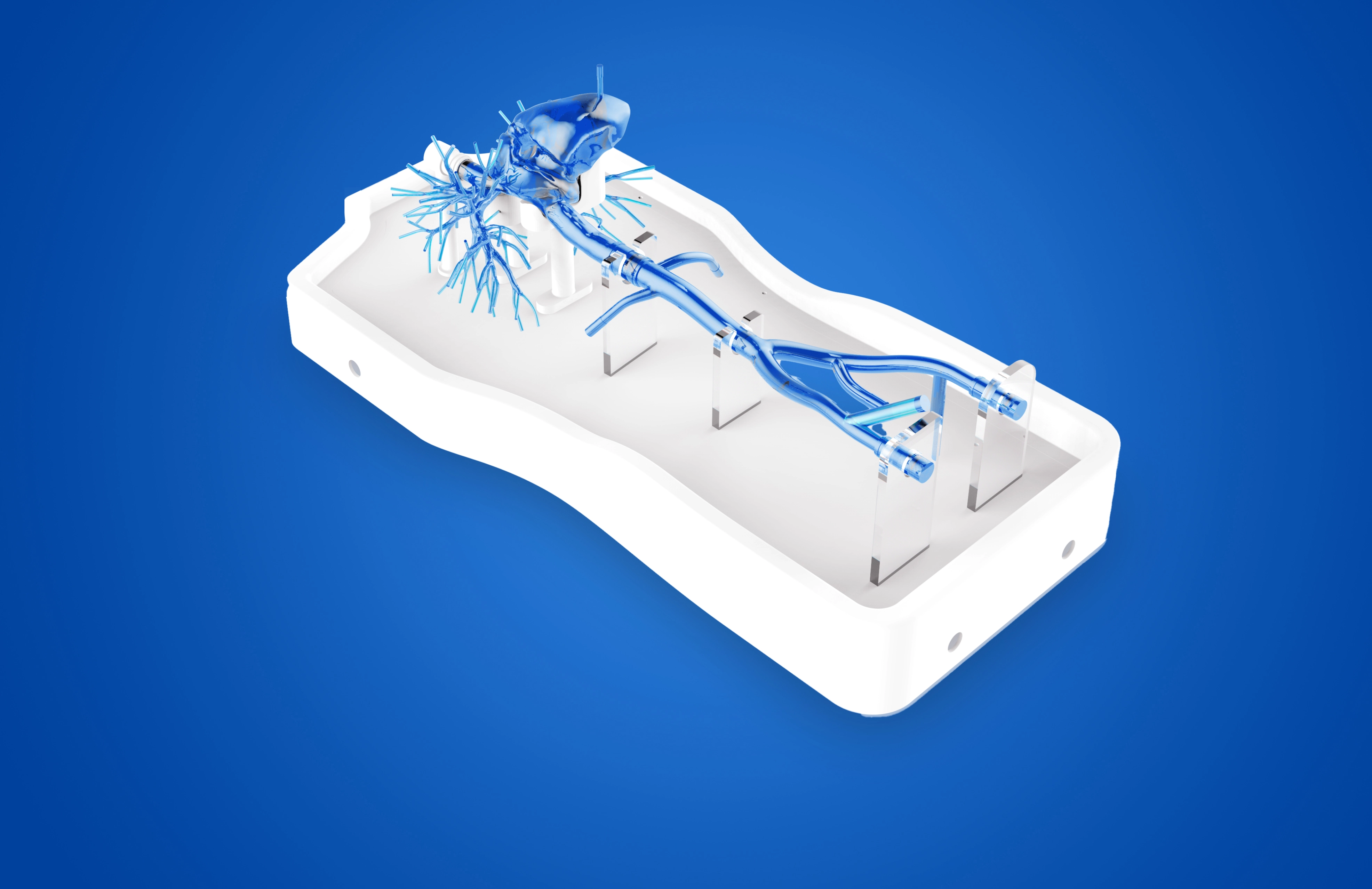1. Anatomical Location of the Femoral Vein: A Detailed Overview
The femoral vein lies within the femoral triangle, bordered by:
Superior: Inguinal ligament
Lateral: Sartorius muscle
Medial: Adductor longus muscle
It runs parallel to the femoral artery, transitioning into the external iliac vein as it passes beneath the inguinal ligament. A key landmark for identification is the femoral pulse, which helps distinguish the vein from the artery.
Understanding its depth and relationship with neighboring structures (such as the femoral nerve and lymph nodes) is critical for safe vascular access.
2. Why the Femoral Vein’s Position Matters in Medical Procedures
As an access point for life-saving interventions, the femoral vein offers several advantages:
Large Diameter: Suitable for large-bore catheters and rapid fluid administration
Stable Landmark: Predictable location for emergency access (e.g., in cardiac arrest)
Lower Complication Risk (when properly accessed): Reduced risk of pneumothorax compared to subclavian or jugular routes
However, misplacement can lead to deep vein thrombosis (DVT), infection, or inadvertent arterial puncture—highlighting the need for precision.
3. Femoral Vein vs. Other Major Leg Veins: Key Distinctions
Compared to adjacent veins, the femoral vein has distinctive features:
| Vein | Course | Clinical Use |
|---|
| Femoral Vein | Deep, runs with femoral artery | Central access, angioplasty, venography |
| Great Saphenous Vein | Superficial, medial leg | Coronary bypass, varicose vein treatment |
| Popliteal Vein | Behind the knee | DVT assessment, thrombolysis |
Proper differentiation prevents procedural errors—ultrasound guidance is often necessary.
4. Identifying the Femoral Vein: Techniques for Healthcare Professionals
Key approaches for accurate localization:
Surface Anatomy: Palpate the femoral pulse (vein lies medially)
Ultrasound Guidance (Gold Standard): Real-time visualization minimizes risks
Landmark Technique (Seldinger Method): Using the inguinal crease as a reference
Suboptimal technique increases the risk of vascular injury, particularly in obese or pediatric patients.
5. Best Practices for Safe Femoral Vein Access
To minimize complications:
✔ Use sterile technique to prevent infection
✔ Verify needle entry angle (30-45 degrees)
✔ Confirm venous placement with blood color, pressure, or ultrasound
Training with medical simulators (e.g., femoral vein model) enhances proficiency before live procedures.
6. Enhancing Precision with Femoral Vein Models for Training
Medical education has evolved with high-fidelity femoral vein models, allowing trainees to practice:
Ultrasound-guided needle insertion
Cannulation under fluoroscopy
Complication management simulations
These models replicate anatomical variations (e.g., venous bifurcations, obese tissue layers) to improve real-world success rates.
For institutions running vascular access programs, investing in anatomically accurate femoral vein trainers ensures safer patient outcomes while reducing learning curves for clinicians.

 English
English  中文
中文 

